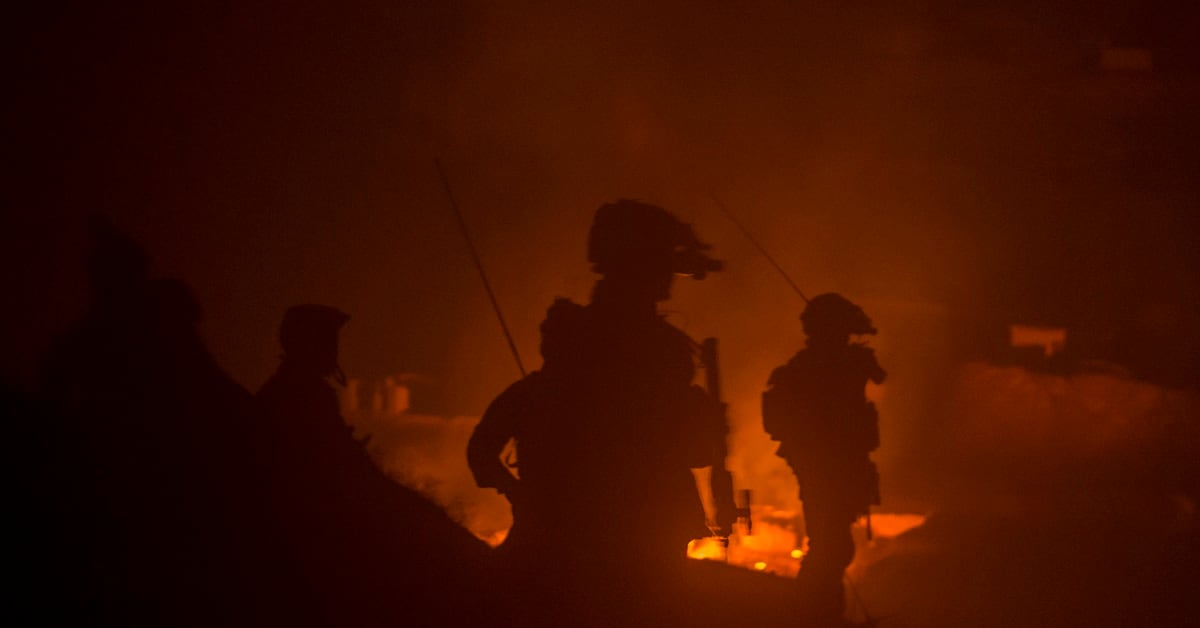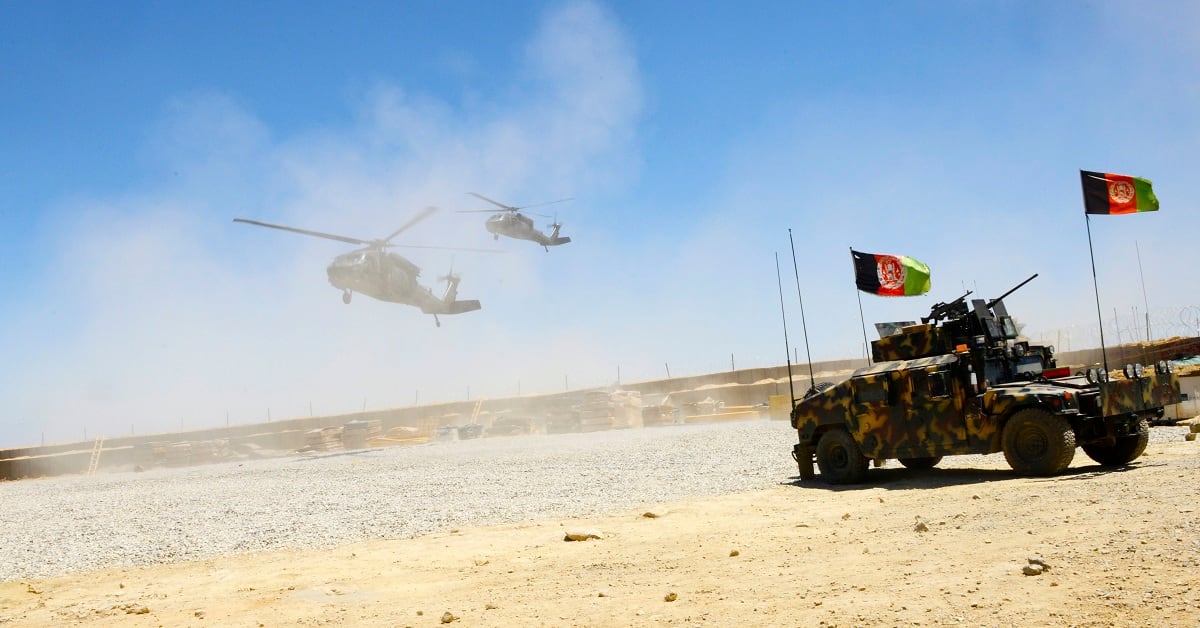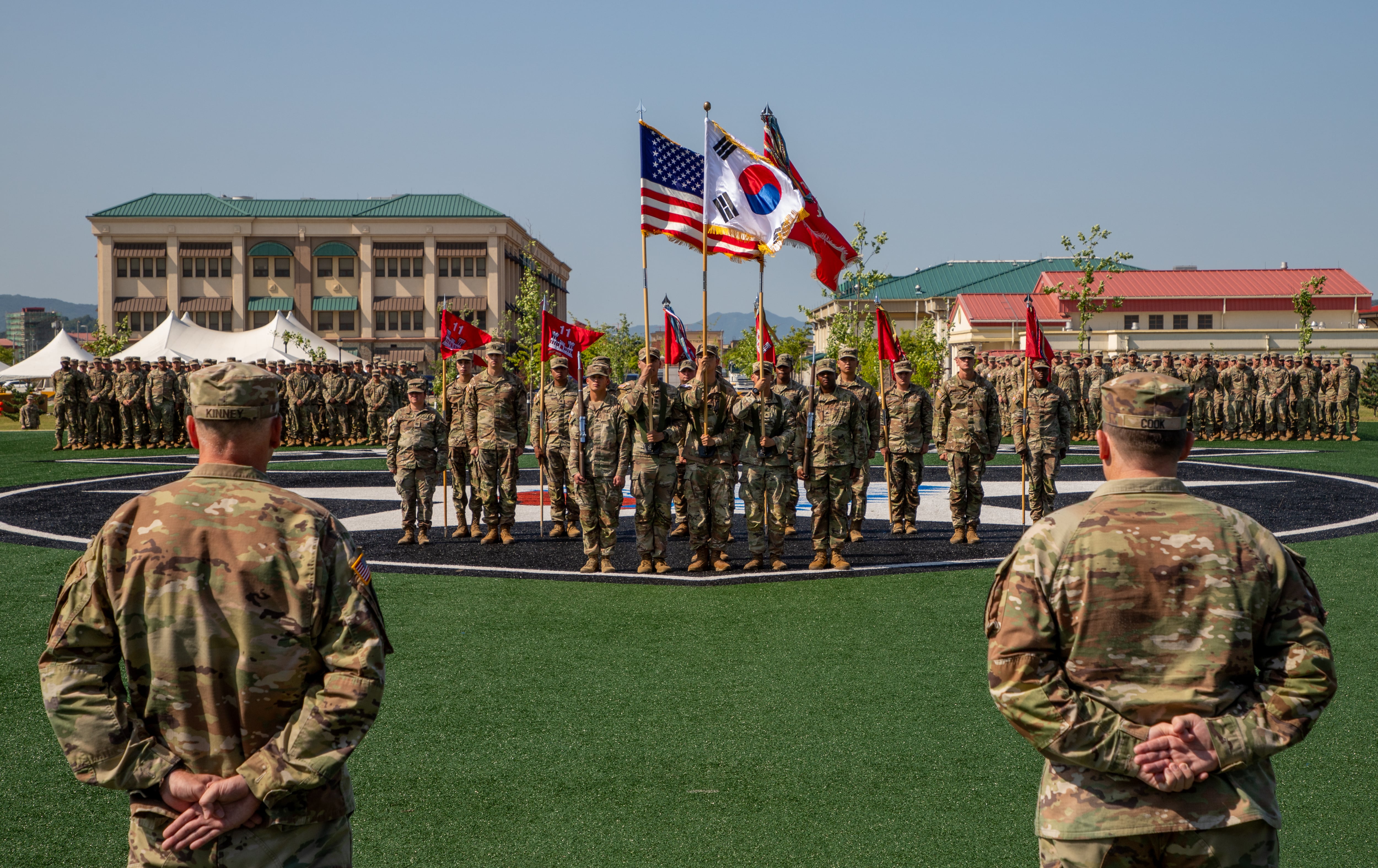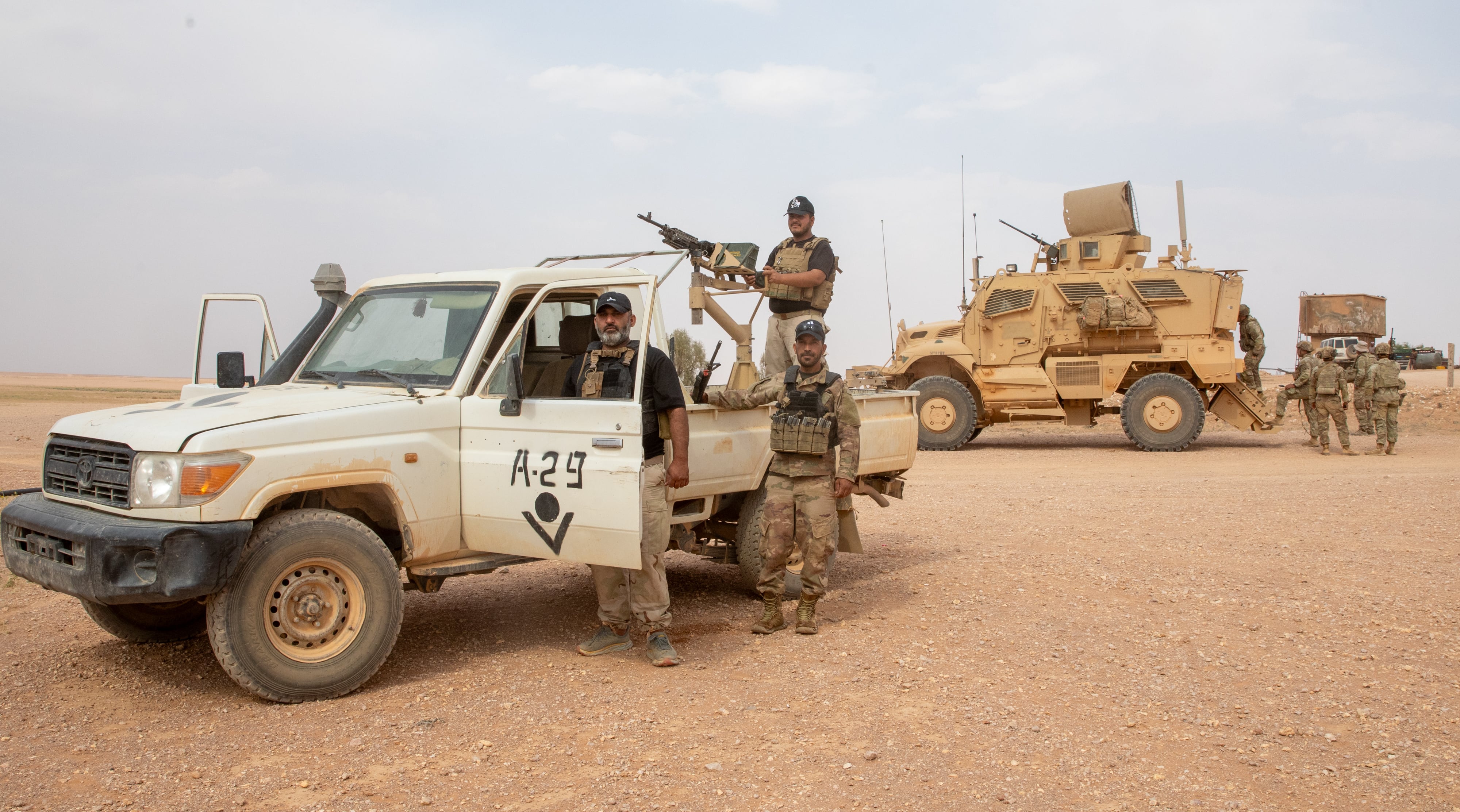Airstrikes in Afghanistan are reaching historically high numbers.
Following a three-day cease-fire in June, U.S. aircraft continued to pound Taliban positions across Afghanistan to convince the insurgent force that negotiating with the Afghan government is their only option, according to a press release and statistics provided by U.S. Air Forces Central Command this month.
For July, strike metrics saw highs across the board as the result of a surge in operations post-ceasefire, according to AFCENT.
“The U.S. flew 749 strike sorties, 88 of which included a weapons release. Both are monthly highs this year," according to the AFCENT press release accompanying the monthly statistics. "Also, the U.S. employed 746 weapons in July, the highest monthly total since November 2010.”
The total number of weapons released this year, which includes both manned and unmanned platforms, tops out at 3,714. That number is higher than every year’s total going back to 2013, with the exception of 2017. However, given that last year’s number of weapon releases was 4,361, and each month anywhere from 300 to 700 weapons are dropped, this year is likely to top 2017 as well.
RELATED

Total U.S. aircraft sorties were 4,398 this year alone — 500 of which included at least one weapons release.
“The U.S. is committed to supporting the Afghan peace process, the Afghan government and our [Afghan security force] partners fighting from the air and the ground against the Taliban and other nefarious actors who seek to destabilize Afghanistan,” said Lt. Gen. Jeffrey Harrigian, combined forces air component commander for U.S. Central Command. “However, the fact remains that unless and until the Taliban reconcile, we will strike the enemy to deny them important resources and capabilities.”

“U.S. strikes, coupled with the increasing capability of and strikes by the Afghan air forces, strengthens the position of the Afghan government,” Harrigian said. “In support of Afghans and the Afghan government, the U.S. and our international partners will continue using military pressure to drive the Taliban to reconcile.”
Although the numbers provided by AFCENT include a compilation of aircraft from all U.S. military branches of service, as well as NATO coalition aircraft, not all aircraft flying in Afghanistan are listed, to include Afghan air force platforms.
Kyle Rempfer was an editor and reporter who has covered combat operations, criminal cases, foreign military assistance and training accidents. Before entering journalism, Kyle served in U.S. Air Force Special Tactics and deployed in 2014 to Paktika Province, Afghanistan, and Baghdad, Iraq.





